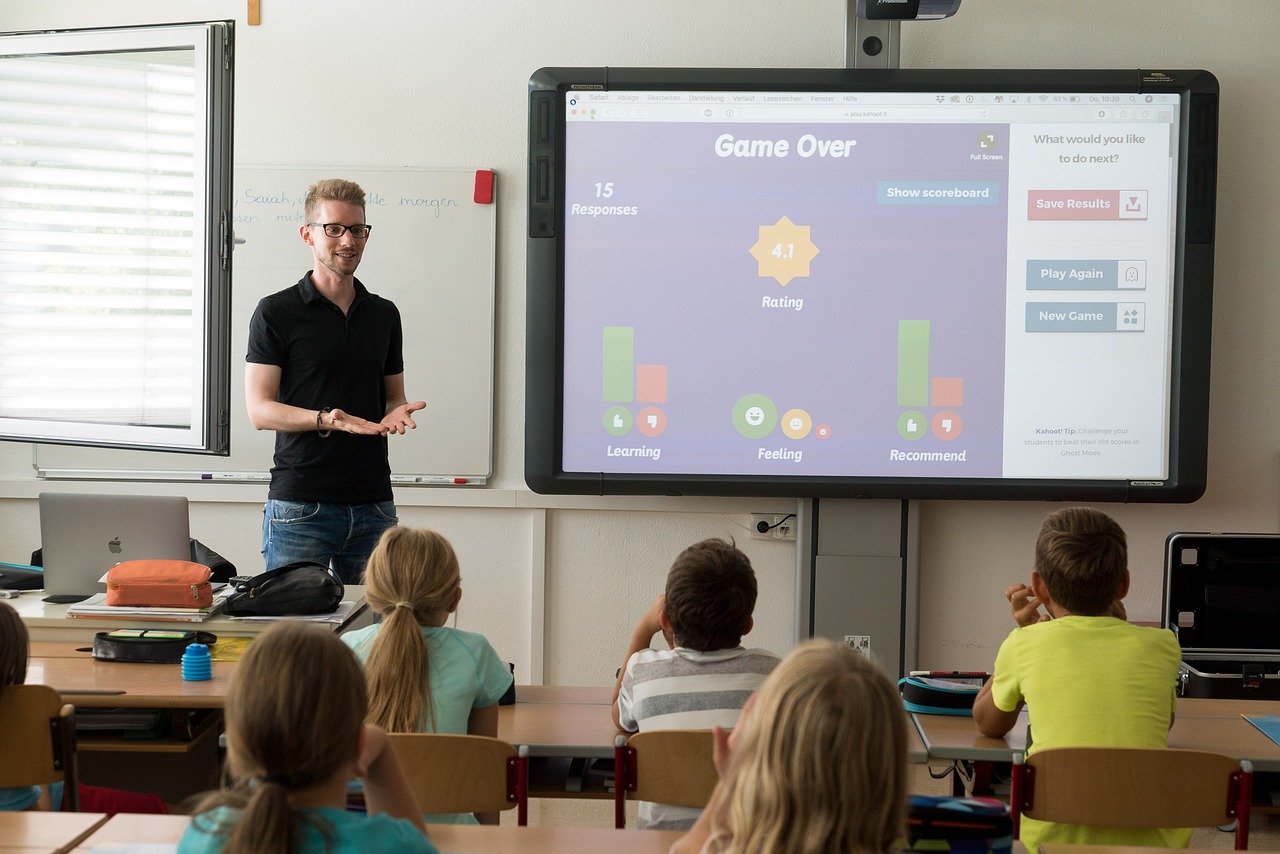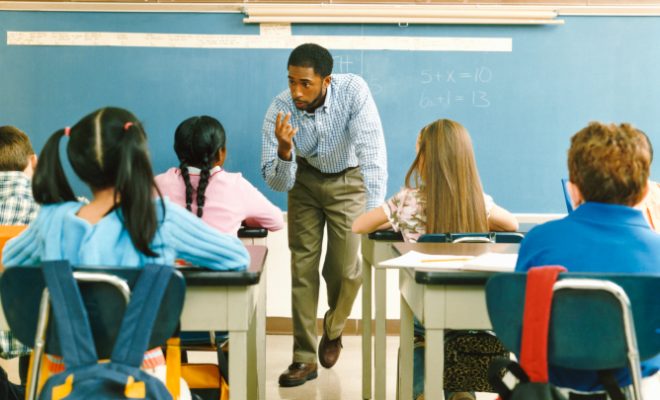Activities to Teach Students to Identify Faces of Three-Dimensional Shapes

Geometry can be a daunting subject for many students, but it doesn’t have to be. One of the key concepts in geometry is identifying the faces of three-dimensional shapes. Here are some creative and engaging activities teachers can incorporate into their lesson plans to help students identify the faces of three-dimensional shapes.
1. Hands-on Manipulative Activities
One of the most effective ways to teach students to identify the faces of three-dimensional shapes is to use hands-on manipulative activities. This allows students to see the shapes and interact with them in a tactile manner, which makes it easier for them to understand the properties of the shape.
Teachers can provide blocks, shapes, or different shapes of objects, such as cones or pyramids, so students can manipulate them and identify their faces. As they identify the different faces, they should label them with the appropriate terminology, such as squares or triangles.
2. Descriptive Writing
Another way to teach students about the faces of three-dimensional shapes is to use descriptive writing. Start by showing students a picture of a shape, such as a cube or a pyramid, and ask them to write a descriptive paragraph about the shape’s faces.
As students write their descriptive paragraph, the teacher can model how to use terminology such as faces, edges, and vertices to describe the shape. This activity helps students to develop a deeper understanding of the shape’s characteristics and enhances their ability to identify the faces.
3. Art Activities
Art activities can provide an alternative way for students to learn about the faces of three-dimensional shapes. Teachers can have students draw the shapes or create them using materials such as clay or paper.
As students create the shapes, they can label the different faces and describe their characteristics. This activity is not only engaging and fun, but it also helps students to visualize the shapes and solidify their understanding of their faces.
4. Real-life Connections
Another effective activity is to connect the concepts of identifying faces to real-world objects. Teachers can ask students to find shapes within their environment or bring in objects that represent different shapes.
For example, students can identify the faces on a soccer ball or basketball, or they can examine a cardboard box and identify the different faces such as the top, bottom, and sides. By relating the lesson to familiar objects, students can better understand and remember the concept.
In conclusion, these activities offer engaging and effective ways for teachers to help students identify the faces of three-dimensional shapes. By using manipulatives, writing, art, and real-life examples, students can experience the concepts firsthand and develop a richer understanding of this fundamental geometry concept.


